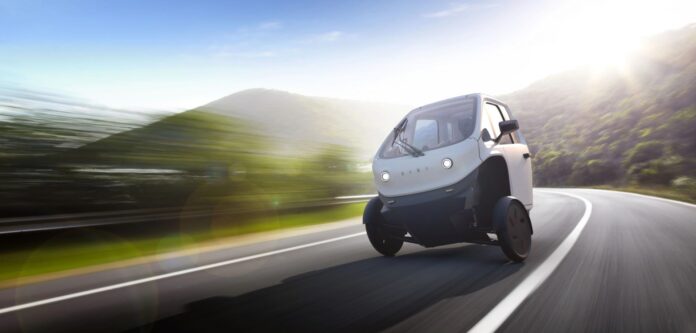The light electric vehicle sector’s need for innovation will also enable advancements and spin-offs that could benefit the entire industry. For example, any possible reductions in costs, improvements in performance or recycling of batteries will lead to significant benefits for suppliers, especially in shared mobility where light vehicle batteries are often used and reused. Improved battery technologies will increase the economic availability and consumer acceptance of light electric vehicles, which is critical for wider adoption. Leveraging cylindrical cells also helps other applications beyond e-mobility, such as drones, power tools, household battery storage and buffered electric vehicle charging, further strengthening and diversifying the European battery value chain.
Sustainable mobility and reduction of emissions
In addition to industry benefits, support for the light electric vehicle market is crucial for a sustainable mobility mix. Today, 13 percent of all short journeys, shorter than 8 km, are made with cars and vans that could potentially be replaced by light electric vehicles, which would save a up to 30 million tons of carbon dioxide equivalents. In addition, the transition benefits public transport and shared mobility, in line with Europe’s climate goals and the pursuit of more sustainable mobility. It is also crucial to support the operational effectiveness of the EU’s upcoming ’battery passport’, which facilitates the repair, reuse and recycling of batteries, along with implementing clearer safety standards and liability guarantees for effective repairs. Investments in battery pack design for easier disassembly and circularity will further strengthen the sustainability of light electric vehicles both in shared mobility and in a wider sense.
Jennifer Dungs, Global Head of Mobility at EIT InnoEnergy, comments on the situation as follows:
“We have put batteries at the center of our efforts to reduce carbon dioxide emissions from road transport. We drive the industrial development of the European Battery Alliance (EBA250), and recently announced the new €500 million EBA Strategic Battery Materials Fund. But more needs to be done to support the adoption of alternative fast-growing mobility solutions – light electric vehicles are low-hanging fruit with a massive impact on Europe’s net zero goals.”
The research study calls for Europe to integrate light electric vehicles into its wider industrial strategy, to support the growth of their entire value chain, including the battery. It will ensure a more comprehensive strategy for the EU’s transition to sustainable mobility.
The study also recommends driving innovation related to battery technologies and circularity. Dedicated research and funding are essential to meet requirements specific to light electric vehicles and overcome barriers to adoption. Improving battery safety, reducing costs and improving performance, combined with regulatory support for repair, reuse and recycling, will ensure continued growth for the LEV sector.
The report can be read in its entirety here: https://www.eiturbanmobility.eu/publi/leveraging-the-eu-battery-production-to-achieve-net-zero-with-light-electric-vehicles/






